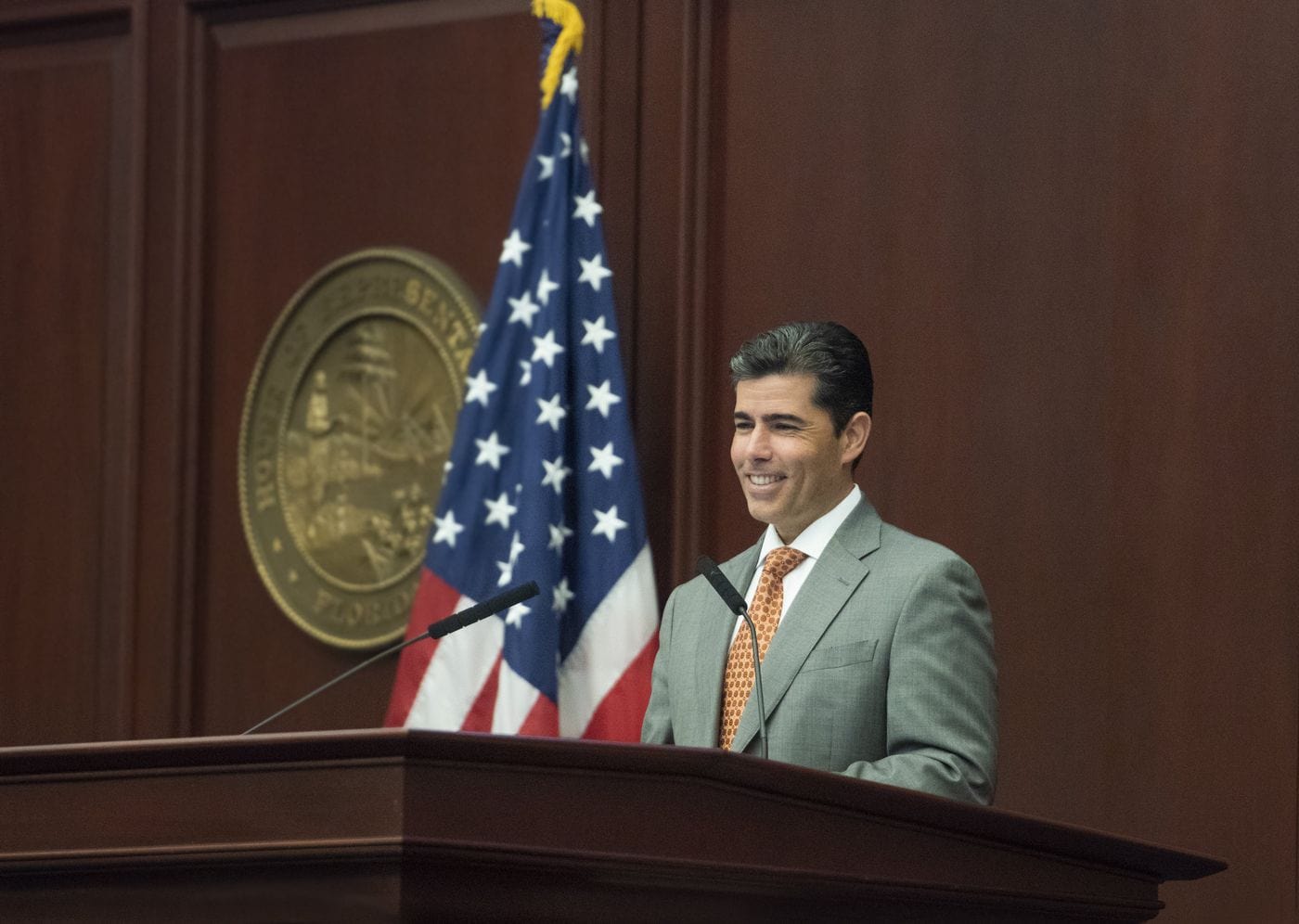
The House refined its $91.4 billion budget proposal Wednesday, shortly after the Senate positioned its more ambitious spending plan for a floor vote.
Both packages are queued up for Thursday votes.
Nearly $1.5 billion separates the two plans, with divergence on VISIT FLORIDA, Florida Forever and affordable housing funding (the Sadowski Affordable Housing Trust Fund) accounting for some of the more high-profile schisms.
The Senate adjusted its proposal to account for changing demographic realities and insights not available when Gov. Ron DeSantis advanced his budget last fall.
However, Speaker José Oliva‘s team resisted the urge for comprehensive revision, citing the integrity of reserves and the need to save for a “rainy day.”
House budget chair Rep. Travis Cummings called this “the best budget we could have imagined … not only fiscally responsible but also addresses great needs.”
Cummings noted the budget was $381 million over the previous year’s, but represented a reduction in per capita spending.
But it’s not all austerity: he spotlighted $650 million for the environment and $650 million for teacher raises, solid starting points.
Rep. Chris Latvala , discussing the PreK-12 appropriations, also noted the “highlight” of the House education proposal.
The plan would lift base salaries, with money to “increase the minimum base salary for a full-time classroom teacher to an amount that is achievable by the school district’s portion of the $500 million; however, no school district is required to increase the minimum base salary to an amount that exceeds $50,000.”
“There’s $500 million that’s going to be used to raise the base salary to $47,500, and an additional $150 million for districts … for teachers that did not receive the $500 million,” Latvala said.
Democrats drilled down into the mechanisms of the broad pitch. Their inquiry revealed new funds will not cover “some staff members” the way they do classroom teachers.
Districts will have discretion to give raises, Latvala said, but the budget doesn’t program money for support staff.
“168,000 teachers will receive a pay raise … not a bonus, not a pat on the back,” he noted.
The health care budget highlights, meanwhile, include fully-funding Medicaid.
“No category of Medicaid eligibility is limited or reduced,” Rep. MaryLynn Magar remarked.
The budget also contemplates $8 million for a DCF “accountability initiative,” she said.
Justice chair Clay Yarborough highlighted new money ($28 million) for prison-based hepatitis C treatment.
He also spotlighted correctional officer recruiting and retention, with $13.7 million of new money for the “phased in” 8.5 hour shift pilot project for guards, and $7.4 million for a new Department of Corrections mental health facility and retrofitting others to meet Americans with Disabilities Act guidelines.
Rep. Randy Fine, highlighting the $8.3 billion higher education budget, noted increased funding for the four-year Florida College System (1.3% over the current budget).
Reductions in funding include cuts in recurring appropriations projects and cuts to institutions with “large carry-over balances.”
“We gave them too much money … appropriated more than was necessary to run the institutions over time,” Fine explained.
Increases in funding, however, will go to district technical centers: a priority for Gov. Ron DeSantis.
State universities, meanwhile, see a cut of 0.6%, with $50 million in nonrecurring allocations for schools with large carry-over balances.
Transportation and Tourism Chair Jay Trumbull noted the $144 million threshold for affordable housing funding (less than half of the Senate target).
He did not mention zeroing out VISIT FLORIDA, a change from his similar presentation in the House budget committee last week, until asked by Rep. Lorraine Ausley.
Trumbull took the House position, noting that this year’s cut to $50 million in marketing budget coincided with a rise in tourism.
“Florida sells itself,” he said, a position that VISIT FLORIDA itself does not share.
Chair Holly Raschein of the Agriculture and Natural Resources committee highlighted $650.2 million for water resources, with $324.6 million going to the Everglades.
A big difference with the Senate: just $20 million for Florida Forever’s land acquisition program, well below the $100 million the Governor seeks and the $125 million the Senate wants.
Rep. Ben Diamond wondered what $20 million would accomplish given the list of properties slated for acquisition. Raschein, who represents the Keys, noted that Everglades restoration was the priority in this budget, but said that this is just the “first round” of budget hearings.
Rep. Kim Daniels also noted funding shortfalls, irking Raschein, who noted Florida Forever got $34 million last year.
“$20 million is a meaningful amount,” Raschein chided.
Also, $359 million is earmarked for hazardous waste cleanup, $62 million for citrus canker, and $50 million for beach restoration.



